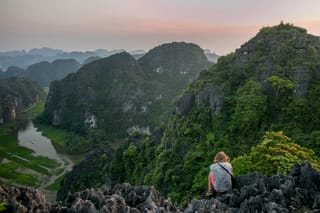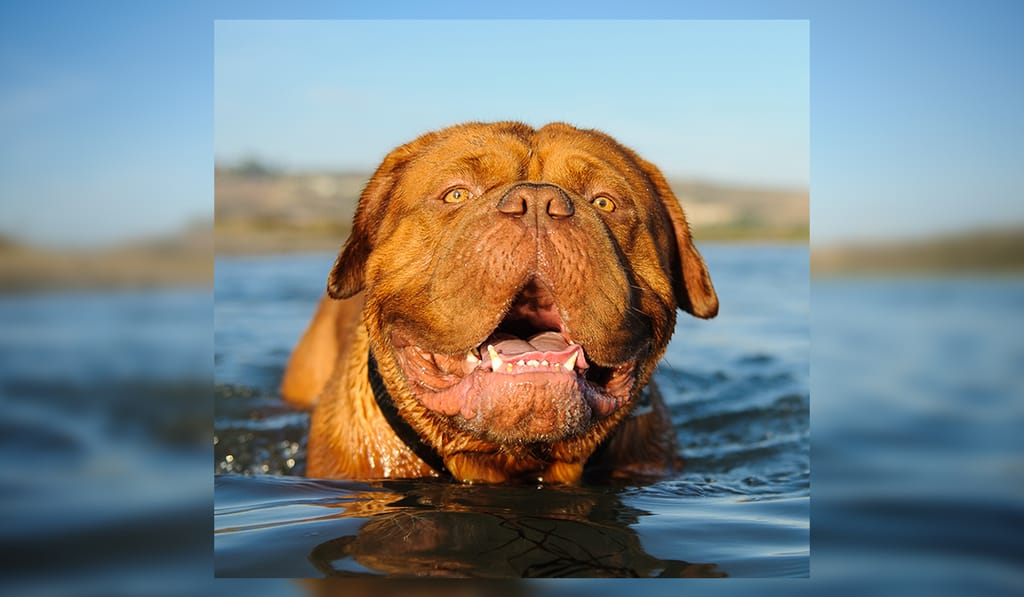
Who doesn’t love a good pet photo? These are more than just animals that share our common space. In many cases, a pet can become a close family member. In many cases, an emphatic pet owner will proudly share christmas cards, family photos or playtime & development photos on social media the same way that a parent with a growing child would.
Unfortunately, even with a great subject, it can be difficult to really nail the perfect moment and get the right exposure when taking a snapshot. Here are a few tips we’ve gathered over the years to help you on your way to creating absolutely priceless pet photos.
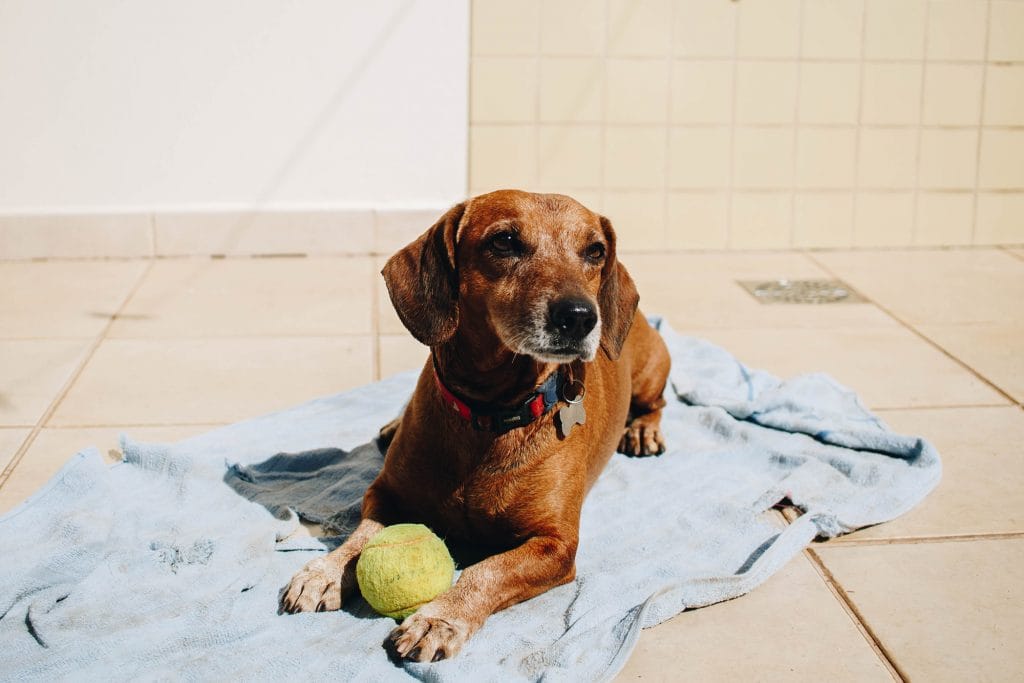
Technique Tips
Be mindful of lighting
Just like in human portrait photography, lighting can easily make or break an image. Due to the hard-to-predict nature of animals, I recommend heading outside, where you’ve got a constant source of light that looks natural in nearly any scenario.
Of course, if you’re dealing with an indoor animal, consider shooting your animal bathing in the light from a large window. If the available light source is too bright and causing harsh shadows, try a reflector to bounce excess light into the dark areas of the frame. If you must use additional light, spring for a camera flash unit that’s adjustable so you can bounce the light off of a ceiling or wall. Keep in mind that animals aren’t people, though, and they may wonder why you’re hurting their eyes with a bright flash!
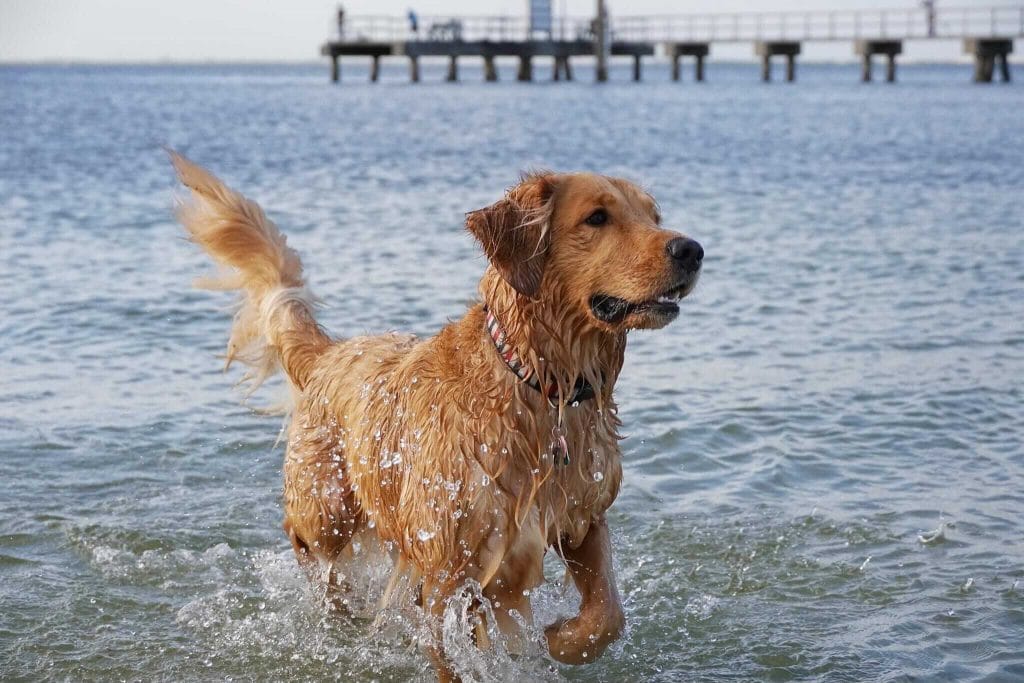
Scenery is important
Once again, going outside is beneficial to the scenery of a pet image. Most dogs are excited and happy to be outside during playtime, and most cats love a good sunny spot to sprawl out in. Anywhere your pet seems comfortable or happy is going to be more pleasing than a photo of a cat who’s wet and miserable in a shower.
Additionally, don’t forget to check out the background areas of your photo. Nothing ruins a perfect pet photo as quickly as a dirty litter box in the background, or another dog doing their–ahem–business when out at the park.
Try a pet’s-eye-view
My favorite tip when taking pet photos is to try getting down on their level. Yes, that means getting down on the floor or on the ground. It may not be dignified, but an eye-level view is usually how your pets look their most dashing.
It’s always more exciting to see the world from another point of view than the one we see all the time.
Move slowly but with intent
Pets have a tendency to want to know where you are and what you’re doing at all times. If you see your pet in an unbeatable pose and you want to snap a candid shot, move slowly. I’ve found that very often, just reaching for your nearby camera can be enough to draw a pet’s interest enough that they’ll break the pose or lose focus in whatever is currently going on.
This can be great if you want your pet looking into the camera, but if you want true candid shots of a pet in their natural state, you’ve got to be considerably sneaky about it.
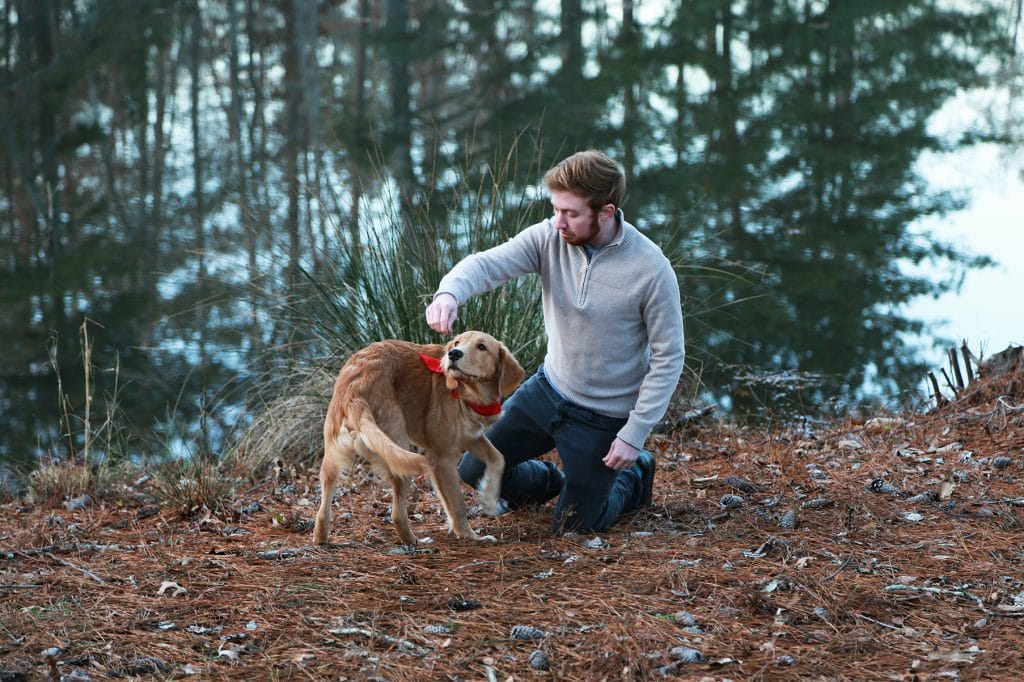
Cheat–using treats or toys
One of the major differences between human portraits and pet photography is that a pet isn’t going to listen to you. I don’t care how smart your pet is or how much they love you–I assure you that they don’t care if the photo you’re taking turns out well. They don’t even know what photographs are.
Therefore, instead of asking them to ‘Hold that eyeline’, you may have to resort to bribery. Using something they’re interested in is a great way to have them look exactly where you’re hoping. Toys and treats work very well at capturing a pet’s attention, but it’s a fine line between getting a pet to look in a direction and getting a pet to scamper over to where the treats currently are.
Of course, you could always try calling a dog’s name or going with the tried-and-true “pspsps” method for cats.
Gear Tips
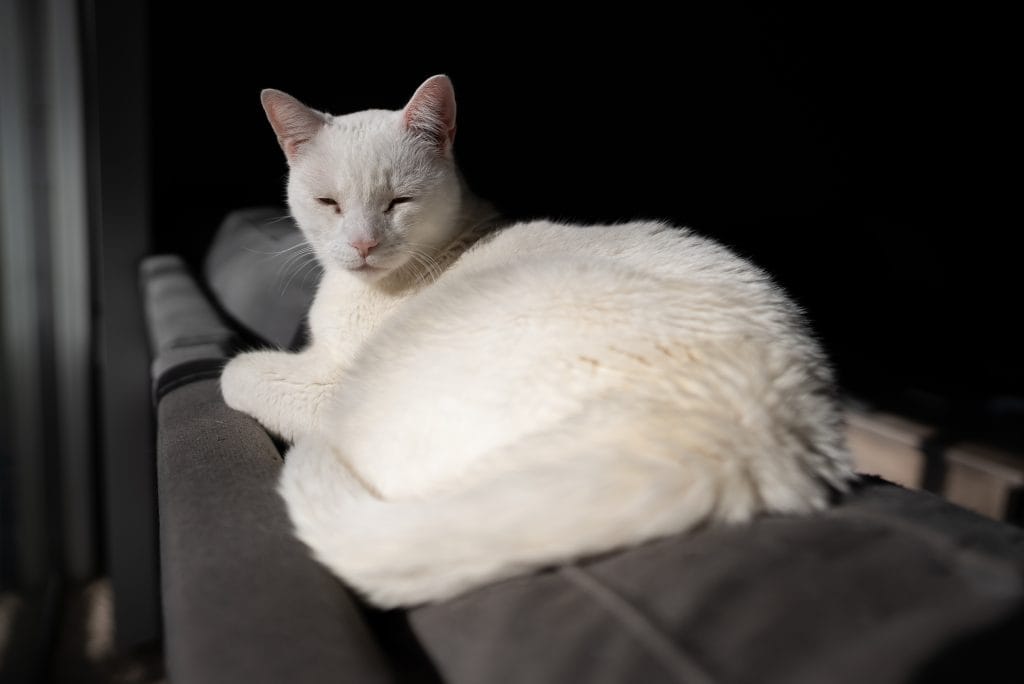
Keep a wide aperture
For all portraits, a large-aperture lens will help to isolate your subject from the background by giving you a shallow depth of field. This depth is what usually gets the big oohs and ahhs from friends on social media.
Don’t be fooled into thinking that a shallow depth of field is the fast track to a good photo, though. Like I said earlier, a large f-stop can help to isolate your subject and it allows you to use a faster shutter speed, but plenty of great pet and nature photos have been taken at f/8.
Quick-fire with a fast shutter speed
As mentioned earlier in this article, pets can be unpredictable. You’re going to want to use a fast shutter speed in order to get crisp, clear images. If you’re trying to get snapshot of a pet who’s playing in the creek or running around like a wild beast, keep your shutter speed high in order to freeze the action. Otherwise, you’ll end up with a colorful smear on your photo.
You’ll also get bonus points if you use a modern digital camera instead of a slower film camera. I normally frown on the ‘spray & pray’ technique of shooting a thousand photos and then choosing one to share, but it can be hard to get the perfect shot of a pet on the first try.
Don’t be too proud to autofocus
Look, I love manual focus lenses. The warm, soft vintage look of classic 35mm lenses paired with the smooth mechanical operation can’t be beat. However, many of the newer cameras from Nikon, Canon & Sony feature an animal-specific autofocus type that zeroes in on the eye of your pet.
That’s without even mentioning the common theme of this article. Animals are unpredictable. Stick with an autofocus lens to catch photos of a rambunctious animal unless you’ve got an extremely slow pet or a very quick hand.

Bonus tip
If you’re anything like me, you pretty much always have a camera within reach. Taking photos of a snoozing pet may not always be the most exciting work, but it’s a great way to keep your skills fresh and allow you to try out new techniques without disappointing a client if it doesn’t work as intended.
Put simply, if you’re a bored photographer and you’ve got a pet, just start snapping photos of those animals you keep around the house.
Someday, you’re bound to get a keeper.
Photos of Murphy, the Golden Retriever, by KEH’s own Milo Wesley
Photos of Catsby, the cat, by me, Matt Eldridge
See more of Catsby on Instagram



